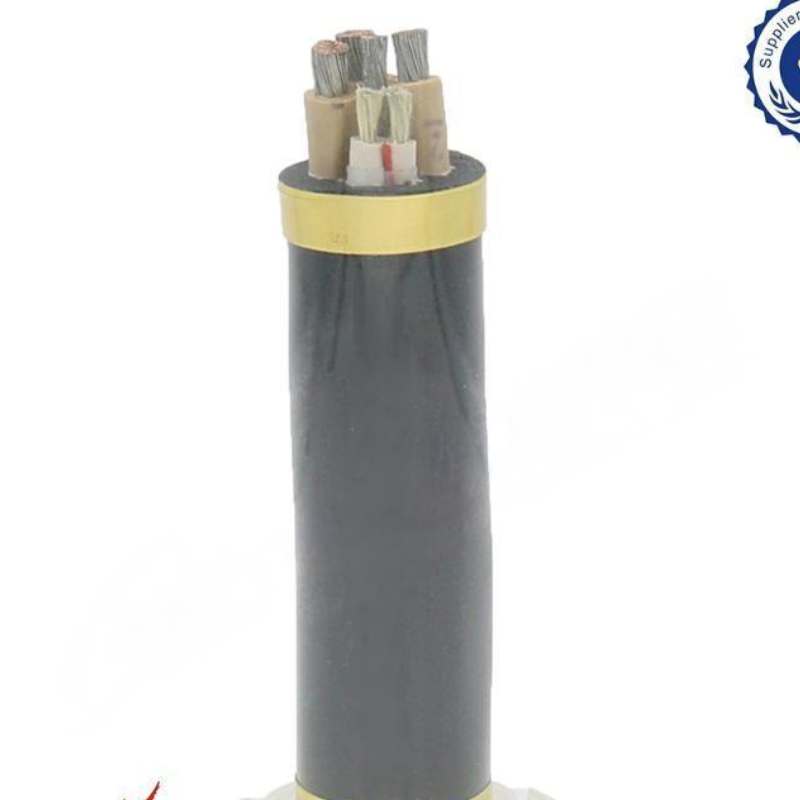9 月 . 21, 2024 18:58 Back to list
wafer and lugged butterfly valve
Understanding Wafer and Lugged Butterfly Valves
Butterfly valves are vital components in many industrial applications, serving a crucial role in controlling the flow of fluids. Among the various types of butterfly valves, wafer and lugged designs are particularly popular due to their unique features and advantages. This article explores the differences and applications of both wafer and lugged butterfly valves, providing insights into their construction, functionality, and suitability for various systems.
What are Wafer Butterfly Valves?
Wafer butterfly valves are characterized by their compact design and lightweight construction. They are installed between two flanges in a piping system, making them an ideal choice where space is limited. The design features a disc that rotates on a vertical axis, allowing for quick and efficient flow control. When the valve is closed, the disc sits flat against the sealing surface, creating a tight seal that prevents leakage.
One of the significant advantages of wafer butterfly valves is their ease of installation. The lack of additional support structures simplifies the assembly process, making them cost-effective for manufacturers and end-users alike. Additionally, the resilient seat provides excellent sealing performance, minimizing the risk of flow bypass in critical applications.
What are Lugged Butterfly Valves?
wafer and lugged butterfly valve

Lugged butterfly valves, on the other hand, are designed with threaded lugs that provide a more robust mounting option. These lugs allow the valve to be bolted directly to the flanges of the piping system, offering greater stability and support. Lugged butterfly valves can be installed in both dead-end and in-line applications, making them versatile for various industrial settings.
The lugged design enhances the valve's ability to withstand higher pressures and temperatures, making it suitable for more demanding environments. Moreover, when a lugged butterfly valve is removed, the remaining piping does not require any modifications, as the line can remain functional without the valve. This feature is particularly advantageous for maintenance and repair activities, minimizing downtime.
Applications
Both wafer and lugged butterfly valves find their usage across a range of industries, including water treatment, oil and gas, chemical processing, and HVAC systems. Wafer butterfly valves are often employed in applications where space limitations and ease of installation are critical, such as in pump stations or compact piping systems. In contrast, lugged butterfly valves are favored in settings that require more robust support, such as in high-pressure or high-temperature pipelines.
Conclusion
In summary, wafer and lugged butterfly valves are essential components in fluid control systems, each offering distinct advantages that cater to different application requirements. While wafer butterfly valves are ideal for space-constrained environments with simpler installation needs, lugged butterfly valves provide enhanced strength and versatility for more demanding applications. Understanding these differences enables engineers and decision-makers to select the appropriate valve type for their specific needs, ensuring efficient and reliable operation within their systems.
Share
-
Understanding the Differences Between Wafer Type Butterfly Valve and Lugged Butterfly ValveNewsOct.25,2024
-
The Efficiency of Wafer Type Butterfly Valve and Lugged Butterfly ValveNewsOct.25,2024
-
The Ultimate Guide to Industrial Swing Check Valve: Performance, Installation, and MaintenanceNewsOct.25,2024
-
Superior Performance with Industrial Swing Check Valve: The Essential Valve for Any SystemNewsOct.25,2024
-
Industrial Swing Check Valve: The Ideal Solution for Flow ControlNewsOct.25,2024
-
You Need to Know About Industrial Swing Check Valve: Functionality, Scope, and PerformanceNewsOct.25,2024